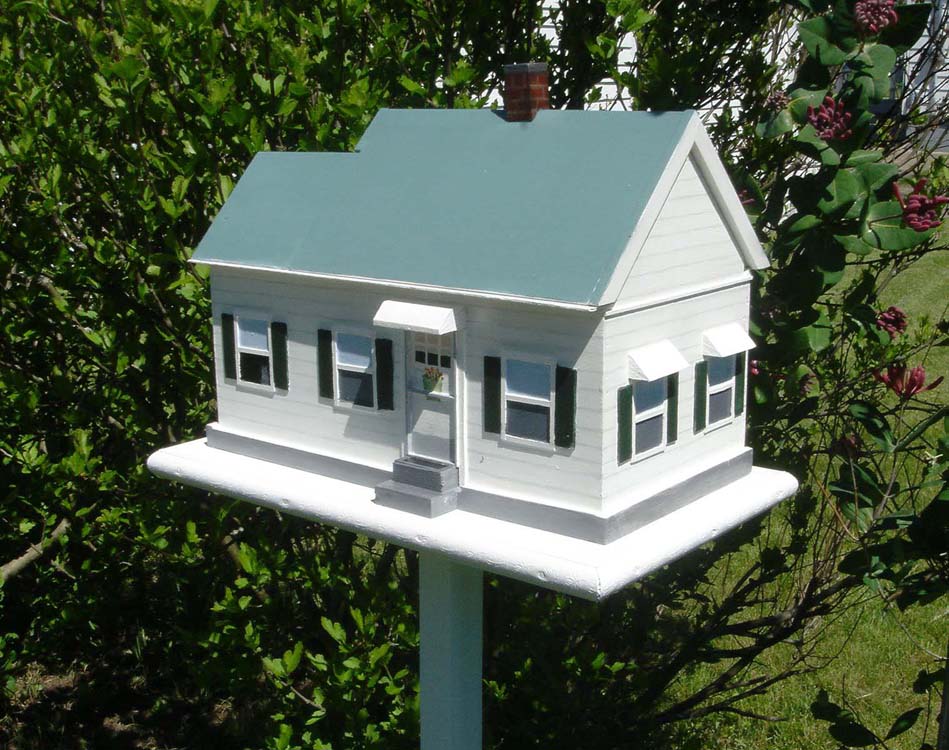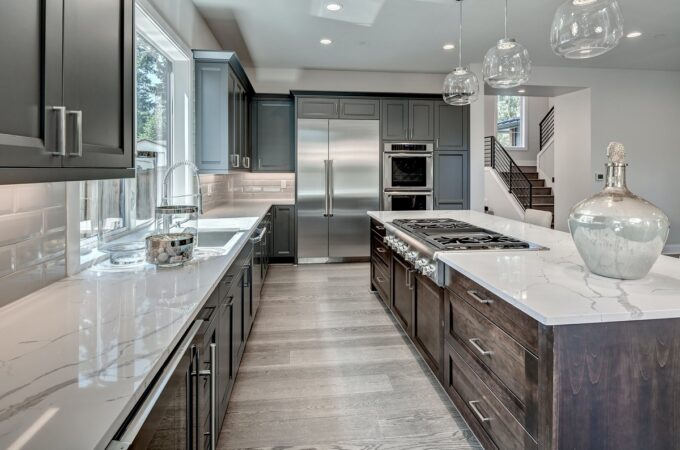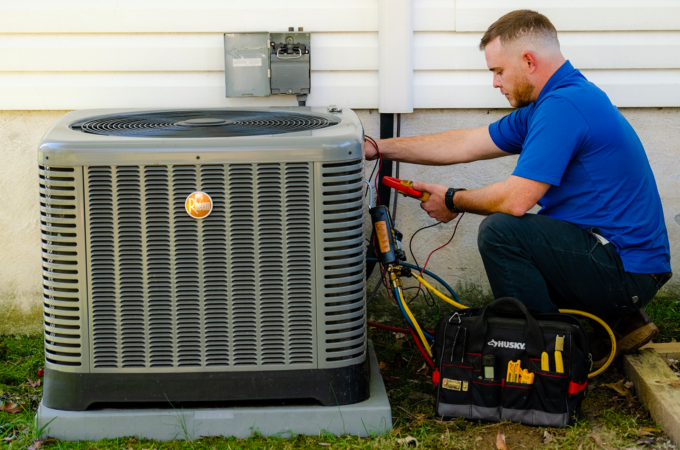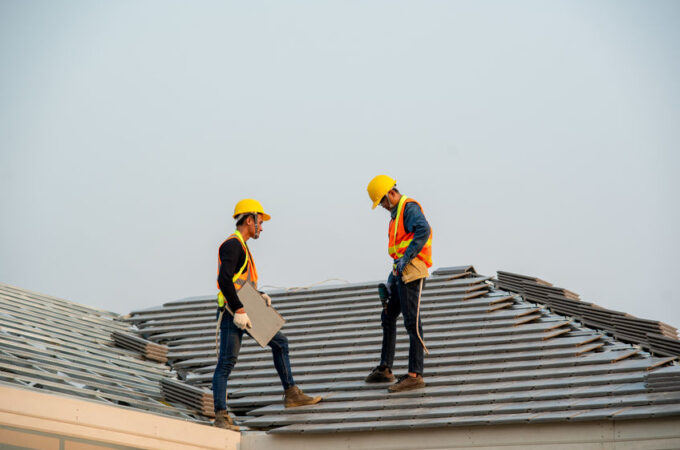
How To Properly Fence Your Landscaping To Keep Out Pests & Deer
Table of Contents
If you’re like most people, you’ve probably been tempted at some point to fencing your landscaping in to keep out pests and deer. After all, who wants to deal with those pesky critters? But is fencing the best solution? And how do you go about doing it the right way? In this blog post, we’ll outline the steps involved in properly fencing your landscaping, from installation to maintenance. We’ll also provide tips on choosing the right type of fence for your specific needs, as well as advice on planting for a fence-clad landscape. So whether you’re looking to keep out pesky critters or just want to add some extra privacy to your home landscape, read on!
Installation of fencing
Landscaping is a great way to add beauty and value to your property, but it can also be a target for pests and deer. To keep them out and your landscaping healthy and looking great, follow these installation tips:
Types of fencing
Landscaping can be a beautiful addition to any home, but it can be challenging to keep pests and deer out. One of the most common ways to do this is by fencing in your landscaping. There are a variety of fencing options available, and the best one for your specific situation will depend on the type of pests and deer that are a problem. For example, shrubs or trees may need a taller fence to prevent animals from jumping over it, while wire mesh fences are the most commonly used type and can be relatively affordable. However, they can be inconvenient to install and may need replaced over time. So, it’s important to choose the right fencing option for your landscaping and to keep up with its maintenance.
Maintenance of fencing
The key to keeping your landscaping pest-free is fencing it in. There are a few things to keep in mind before you install fencing, like the material you choose and the height of the fence. Once installed, fence maintenance is key. Make sure to check the fence for damages, repair any tears or holes, and apply a coat of paint every year. The fence should be at least 3 feet high to deter deer and other pests.
How tall can I make my privacy fence?
If you’re looking to keep pests out of your landscaping and property, fencing is the perfect solution. However, the height of the fence you choose is crucial – e.g. rodents and deer are scared of tall fences. To determine the right fence height for your needs, it’s important to know the type of pest you’re trying to exclude. For example, ekes don’t like tall fences, while deer are most scared by Barbed Wire Fences. Once you’ve chosen the right fence type, installation is the next step – make sure to get the fence set up properly to avoid costly repairs or loss of property. There are many types and styles of fences available on the market today, so it’s important to find one that fits your aesthetic needs. So fence in your yard and keep pests out!
What is the best type of privacy fence?
Landscaping can be a beautiful addition to any home, but it can also be challenging to keep pests and deer out. That’s where the fence comes in. There are a variety of types of fences to choose from, depending on your needs. The best fence for you depends on the damage pests and deer are causing in your landscaping. Always consult with a professional before installing any type of fence, as the wrong type may result in damage that you’ll have to pay for. When choosing the right fence height, make sure it’s low enough for pests to easily climb over but high enough so that deer don’t see it as an intruder. There are a variety of privacy fences to choose from, so it’s important to find the right one for your needs. Keep in mind that the fence is an ongoing investment, so make sure to budget for it!
Our privacy fences a good idea?
If you’re looking to fence your landscaping to keep out pests and deer, it’s important to choose the right type of fence. There are many options to choose from, so it’s important to get quotes from several companies. Make sure to consult with a professional if you’re unsure about how to do it yourself. Proper installation is critical for a successful outcome, so make sure to get a good estimate before starting. Although privacy fencing can be a good solution for people who want to keep pests and deer away from their landscaping, remember that it’s not the ultimate solution. If you’re looking for an all-encompassing solution, a fence isn’t the best option for you.
Why use planters instead of growing directly in the ground for landscaping?
Landscaping can be a fun and rewarding activity, but it can also be challenging. One of the biggest challenges is keeping pests and Deer out. One solution is to fence your landscaping around the plants – this will help to keep pests and Deer out. Additionally, using planters instead of growing directly in the ground allows you to move or replant your plants as needed, without having to dig up entire sections of your landscape. This also allows for more varied aesthetics in your landscaping. If you’re looking to add some extra oomph to your landscaping, try planting in containers – these will help you control the height, size, and shape of plants. So, go ahead and get creative with your landscape, but make sure to keep pests and Deer out of the equation!
What is the best time of year to install a fence?
No one wants pests or deer in their yard, and fencing can be a great way to prevent both. There are a few things to keep in mind when fencing in your landscaping, depending on the time of year you’re installing the fence. During the winter, fence in your landscaping if you have deer that frequent your property. This is because deer are less active in the cold weather, which makes it easier to fence them in. Spring and fall are not good years to fence in your landscaping because there is more vegetation growth and it’s harder to find trees or posts that will work well for fencing purposes. The best time of year to install a fence is during the summer when pests are less active. This is when the fence will be able to withstand the higher levels of activity.
What Should I Plant in a Narrow Garden Along a Fence?
One of the best ways to keep pests and deer out of your landscaping is by fencing it in. And while fencing in your landscaping isn’t always easy, there are a few plants you can choose to plant near the fence to make the job a little bit easier. For example, vines and ground cover plants can be a good choice because they tend to be low-growing and easy to care for. If you do decide to go with something taller, make sure the plant has dense foliage so deer can’t see it easily from a distance. When it comes to choosing plants, make sure they’re low-growing and won’t obstruct views or interfere with fences or gates. Additionally, planting flowers or shrubs next to the fence is a popular option, but make sure they’re not too close to the fence. By following these simple tips, you’ll be fencing in your landscaping in no time!
Can deer jump over taller fences?
Deer cannot jump over taller fences, but they can easily climb them if they want to. In order to keep deer out of your yard, you’ll need to install a deer fence at the bottom of the fence so that it’s difficult for the deer to get through. Most fences are six feet tall, but some can go up to twelve feet.
How do I measure the distance between my fence posts and properly wire them?
The height of the fence should be kept at least 6 ft. off the ground to prevent pests from climbing over or under the fence line. Always use 18 ga. galvanized wire for high voltage wires such as those in a barbwire fence. When fencing your landscaping, it is important to first measure the distance between fence posts and then wire them accordingly.
What are some of the best fencing materials for landscaping?
When it comes to choosing the best fencing materials for landscaping, metal fences are typically considered to be the best option. Metal fences are strong and durable, making them a good choice if you want a fence that is going to last for a long time. In terms of affordability, wood fences are usually the most popular choice because they are affordable and easy to install. Additionally, wood fences can look quite stylish if you choose the right kind of wood and stain them the right way. PVC fences may be a good choice if you have a large garden or if you want a fence that has a modern look. PVC fencing is also relatively easy to install and relatively affordable.
What tips do I have for preventing pests from entering my backyard through my fence?
The best way to keep pests out of your yard is by properly fencing it. There are different types and styles of fences that will work for you depending on the type of pest problem you’re trying to solve. Here are a few fence options that you may want to consider:
1. Wood fence: This is the most common type of fence, and can be made from wood, plastic, or metal materials. It’s important to make sure the fence is high enough so no critters can climb over it, and make sure there’s a gate fitted in the fence to allow access in and out.
2. Chain-link fence: This type of fence is popular because it’s durable and easy to repair. It’s also a good option for yards with high shrubs or trees, as the chain-link fence doesn’t stretch or sag.
3. Plastic fence: This type of fence is less expensive than wood or chain-link fences, and is also easy to care for. However, it’s not as durable as wood or chain-link fences, and may not last as long.
4. Metal fence: This is the most expensive type of fence but it’s also the strongest and most durable option. It’s perfect for yards that have high
Fencing your landscaping is an important step in preventing pests and deer from entering your property. By following the installation, maintenance, and planting guidelines outlined in this blog, you can ensure a successful fence installation. Make sure to sign up for our newsletter to stay updated on the latest landscaping trends and tips!





